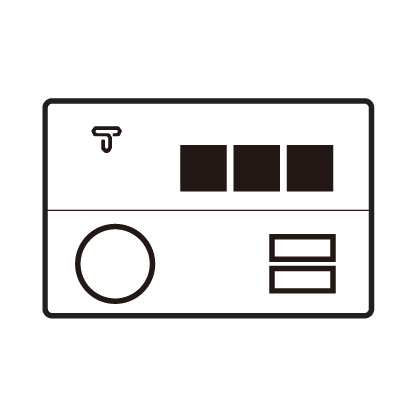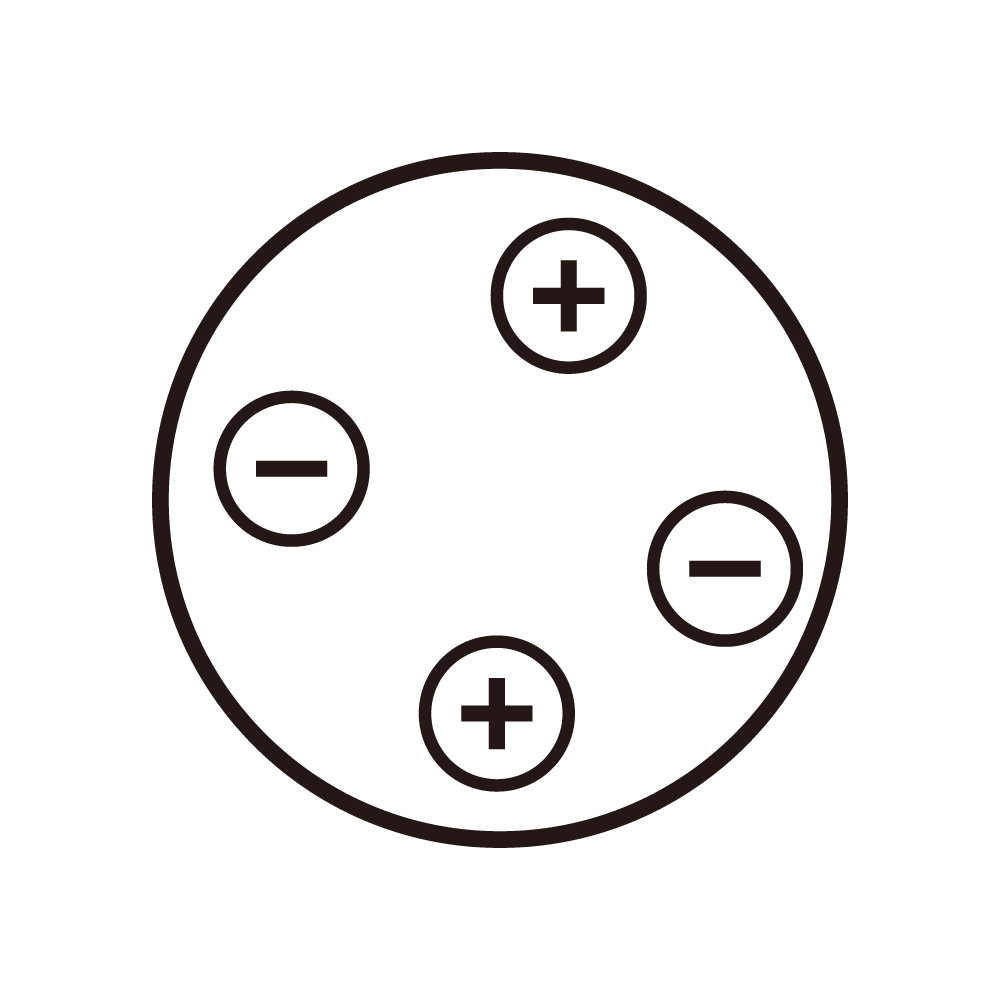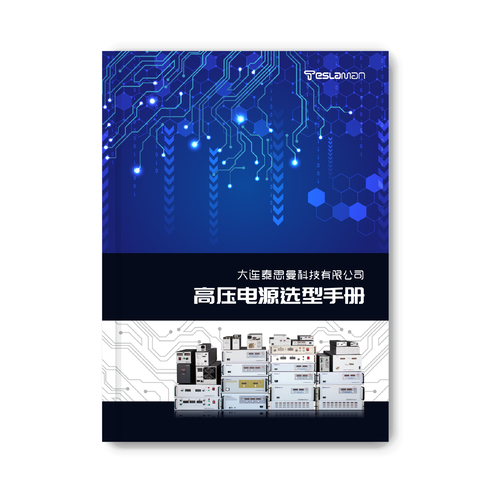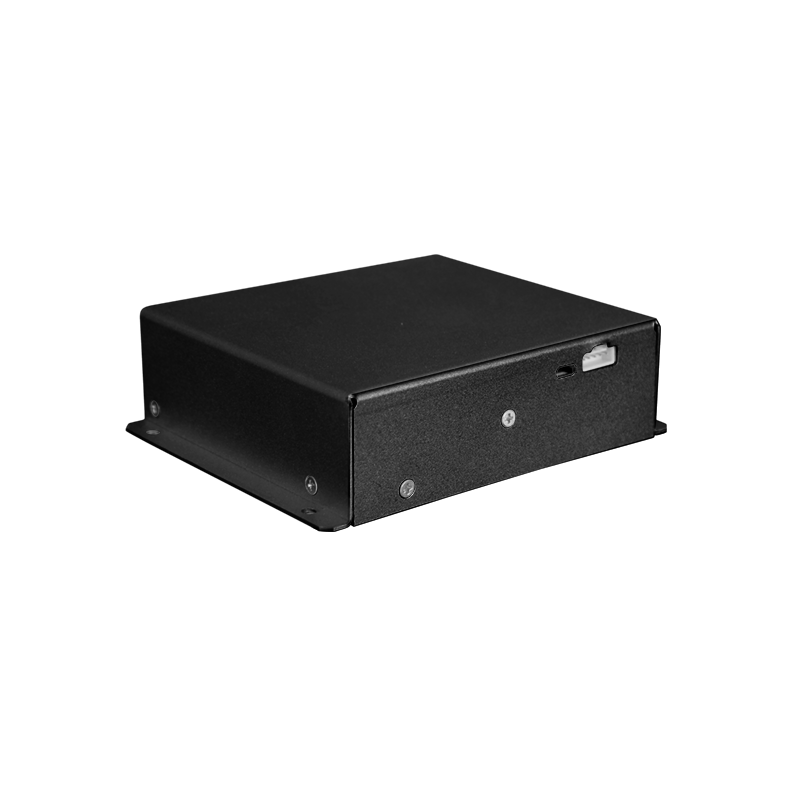Calibration of High-Voltage Power Supplies for Semiconductor Testing: A Key Link to Ensure Accuracy and Reliability
In the field of semiconductor manufacturing and testing, high-voltage power supplies play an extremely important role. Many aspects such as the performance evaluation and reliability testing of semiconductor devices are inseparable from the supply of accurate and stable high-voltage power. And the calibration of high-voltage power supplies for semiconductor testing is the core step to guarantee the accuracy and reliability of their output, which has far-reaching significance for the quality control and technological development of the entire semiconductor industry.
Firstly, the necessity of calibration is manifested in multiple aspects. During semiconductor testing, extremely high precision of voltage is required. For example, in the testing of chips with advanced manufacturing processes, a tiny voltage deviation may lead to misjudgment of the electrical characteristics of the chips, thereby affecting the screening and grading of the chips. Inaccurate output of high-voltage power supplies may cause originally qualified chips to be wrongly judged as defective ones, or allow chips with potential defects to enter the market, which will seriously damage the reputation and economic benefits of semiconductor enterprises. Moreover, as semiconductor technology continues to develop towards smaller sizes and higher performance, the requirements for the stability and precision of high-voltage power supplies are becoming increasingly stringent. Calibration work can ensure that high-voltage power supplies maintain reliable output performance under long-term operation and different environmental conditions.
The main parameters calibrated for high-voltage power supplies for semiconductor testing include voltage output accuracy, current limit accuracy, ripple factor, etc. Voltage output accuracy is directly related to the accuracy of the test voltage. During the calibration process, high-precision voltage measuring instruments, such as precision digital voltmeters, are needed to compare with the output of the high-voltage power supply. By adjusting the voltage feedback circuit or calibration coefficients inside the high-voltage power supply, the deviation between its output voltage and the set value is controlled within a very small range, usually requiring an error ratio of one thousandth or even smaller. Current limit accuracy is related to the current protection of the device under test during the testing process to prevent the device from being damaged by overcurrent. When calibrating the current limiting function, it is necessary to test whether the current output of the high-voltage power supply can be accurately limited around the set value under different load conditions. This requires the cooperation of high-precision current sensors and load simulators for measurement and adjustment. The ripple factor reflects the magnitude of the alternating current component in the output voltage of the high-voltage power supply. Excessive ripple may interfere with the test signal and affect the accuracy of the test results. Use an oscilloscope and other instruments to measure the ripple voltage and reduce the ripple factor by optimizing the filtering circuit of the high-voltage power supply to meet the requirements of semiconductor testing.
The calibration process usually follows strict standards and specifications. There are relevant international electrical measurement standards available for reference, and enterprises will also formulate calibration processes suitable for their own testing requirements and the characteristics of high-voltage power supplies. Before calibration, strict control of the calibration environment is required. Environmental factors such as temperature and humidity should be kept stable to avoid the impact of environmental changes on the calibration results. Calibration equipment must also undergo regular calibration and traceability to ensure the accuracy and reliability of its measurement. During the calibration process, measurements and adjustments are carried out step by step according to preset voltage, current and other parameter points, and calibration data are recorded in detail. These data are not only a reflection of the current calibration results but also provide important basis for subsequent power supply maintenance, performance evaluation and quality traceability.
The calibration interval of high-voltage power supplies for semiconductor testing is also an important consideration factor. Generally speaking, the calibration interval is determined according to the usage frequency, stability of the high-voltage power supply and the sensitivity of the production process to voltage accuracy. For high-voltage power supplies that are frequently used and have extremely high requirements for accuracy, a relatively short calibration cycle may be required, such as once a month or once a quarter. For some application scenarios that are relatively stable and have slightly lower requirements for accuracy, the calibration cycle can be appropriately extended to half a year or one year. However, in any case, a complete calibration plan and file management system need to be established to ensure that the calibration work is carried out on time and in an orderly manner.
In conclusion, the calibration of high-voltage power supplies for semiconductor testing is a key link in the quality control system of the semiconductor industry. By accurately calibrating various parameters of high-voltage power supplies, the accuracy and reliability of the semiconductor testing process can be guaranteed, the yield rate of chip production can be improved, and the semiconductor technology can be continuously promoted to a higher level, playing an indispensable and important role in the entire semiconductor industry chain.




















